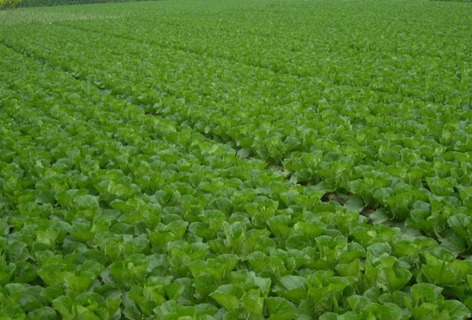First, warming greenhouse seedlings First of all, it is necessary to select spring planting varieties suitable for local cultivation. It can be used for nursery seedlings or nutrient soil. The nutrient soil formula can be mixed with grass charcoal and field soil, or mixed with decomposed manure and garden soil in a ratio of 3:7. Sowing from March 10th to 15th, the water is poured before planting, and the water is completely infiltrated and then sown, then a thin layer of fine soil is covered. The key technology for seedling cultivation is temperature management. Therefore, it is necessary to select warm greenhouse seedlings with better conditions. The minimum temperature is preferably above 15 °C. The greenhouse with poor heating effect can also cover the small arch shed for heat preservation. After the seedlings are unearthed, the water should be properly controlled. It is best to reduce the daytime temperature to below 20 °C to avoid lengthening and time seedlings. The seedling age is generally controlled in about one month, and the number of planting leaves is about 6-7 pieces. Second, timely planting, rational close planting The planting period of the open field is about April 10, and 4-5 tons of septic manure per acre is used as the base fertilizer before the planting, and the soil is used as the base, and it is cultivated by flat or small sorghum. Generally, the width is 1 meter, the length is 5-8 meters, and each row is planted 2 rows. The row spacing is 35×50 (cm), and the planting density is about 3500 per acre. After the planting, the film is covered with cold and cold, and the film coating method can be according to the early spring rapeseed (cabbage) film coating method, and the condition can be covered by small arch. As the temperature rises, the membrane is gradually punctured. After about half a month, all the membranes are removed when the minimum temperature rises above 15 °C. Third, fertilizer management The season for spring cabbage growth in the northern region is shorter. In the management of spring cabbage, we must grasp a word of "promotion" and promote it to the end. Around this principle, it is necessary to timely cultivate in the process of removing the membrane to promote root development. Strengthen the management of fertilizer and water, generally watering once every 3-5 days, 20 kg per mu of urea can be applied in the seedling stage. After entering the ball-forming period, 25 kg of compound fertilizer and 20 kg of ammonium sulfate are applied per mu. Fourth, pest control Aphids are the focus of prevention and control. The control of aphids must start from the seedlings in the greenhouse. The nursery sites should try to avoid the insect source. Once the aphids are passed, the aphids should be cleaned continuously. Otherwise, it will not only affect the growth of the seedlings, but also bring difficulties to the pest control after planting. Omethoate EC is still the drug of choice for the treatment of sputum, and it works better with anti-reaction fluid. The concentration in the seedling stage should be lower to prevent phytotoxicity. After the seat period, 800-1000 times of liquid can be sprayed, and mixed with enemy killing can cure the cabbage worm. If Plutella xylostella occurs, it can be sprayed 2000 times to kill grams, and it needs to be sprayed 2-3 times continuously, but continuous spraying should be separated by 10-15 days to prevent the emergence of pest resistance. However, once the soft rot disease plant is found in the field, it should be removed in time to reduce the spread of germs with rain. The above is the open field cultivation technology, such as cultivation in greenhouses and greenhouses, the effect is better, can be planted early, and the morning market. It is suggested that the earliest planting period in the greenhouse is in late February. If you do squatting or doing ridges, you should pay attention to heat preservation and cold protection in the early stage of the greenhouse, and pay attention to ventilation and cooling in the middle and late period. Seedling requirements and other measures are cultivated in the open field. Vero Cell cultured Rabies Vaccine The Vero cell line is the most widely accepted CCL by regulatory authorities and has been used for over 30 years for the production of polio and rabies virus vaccines. Vero Cell Cultured Rabies Vaccine,Rabies Vaccine,Human Rabies Vaccine,Human Rabies Vaccination Changchun Zhuoyi Biological Co., Ltd , https://www.zhuoyibiological.com
Key points of cultivation and management techniques for Chinese cabbage in spring
Next Article
Early rice paddy